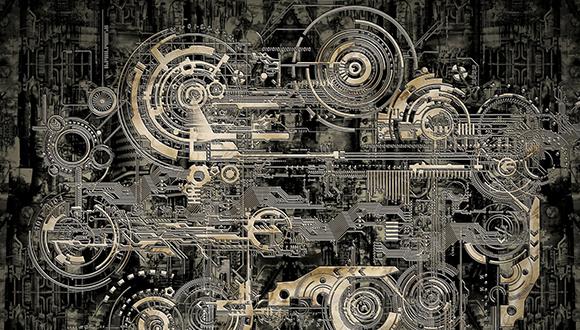School of Mechanical Engineering Herman Haustein
School of Mechanical Engineering Seminar
Wednesday, April 11, 2018 at 14:00
Wolfson Building of Mechanical Engineering, Room 206
Microscale Considerations: Single Phase Flow Dissipation and Phase Change Interface-Kinetics
Dr. Herman D. Haustein,
School of Mechanical Eng., Faculty of Eng., Tel Aviv University, Israel
Recent miniaturization trends in microelectronics, led to reconsideration of microscale aspects in cooling: 1) the often neglected effect of viscous dissipation in single phase flows; 2) the often overlooked molecular interface kinetics in boiling.
Existing macro scaling laws claim the heat transfer coefficient (HTC) should continually increase with a decrease in size, as hµ1/d. However, extremely high HTCs are not found at tens of microns in microchannels and microjets, here explained by the reemergence of heating by viscous dissipation, traditionally only considered in high-viscosity and high Mach flows. When flow elements reach a critical size, 10-40 micron in diameter still under laminar conditions (Re=1,000), the energy generated by dissipation is sufficient to counteract the inherent increase of HTC and a maximum is reached. This maximum is the fundamental heat transfer limit and an absolute lower limit to cooling element size, curbing the ongoing trend of flow miniaturization.
Similarly, a recent study has shed new light on the multiscale nature of boiling: comprising a macro- external heat transfer problem coupled to micro- evaporation interface kinetics. Therein, the traditional energy-balance bubble growth is modified to account for microscale aspects, by employing an “effective superheat”, which incorporates reductions due to Knudsen layer vapor kinetics: outflow choking limitations (M=1) and molecular impingement reabsorption at the interface, both of which are strongly dependent on pressure. This combined view proposes a resolution to both the unexplained pressure dependence of bubble growth/departure at low-pressures and the regime transition observed at higher pressures. Furthermore, including the boiling kinetic parameter, L/RT, to redefine the superheat, clearly maps out these regimes. These understandings, incorporated into a universal single bubble growth and departure model, provide successful prediction over several orders of magnitude.


